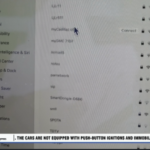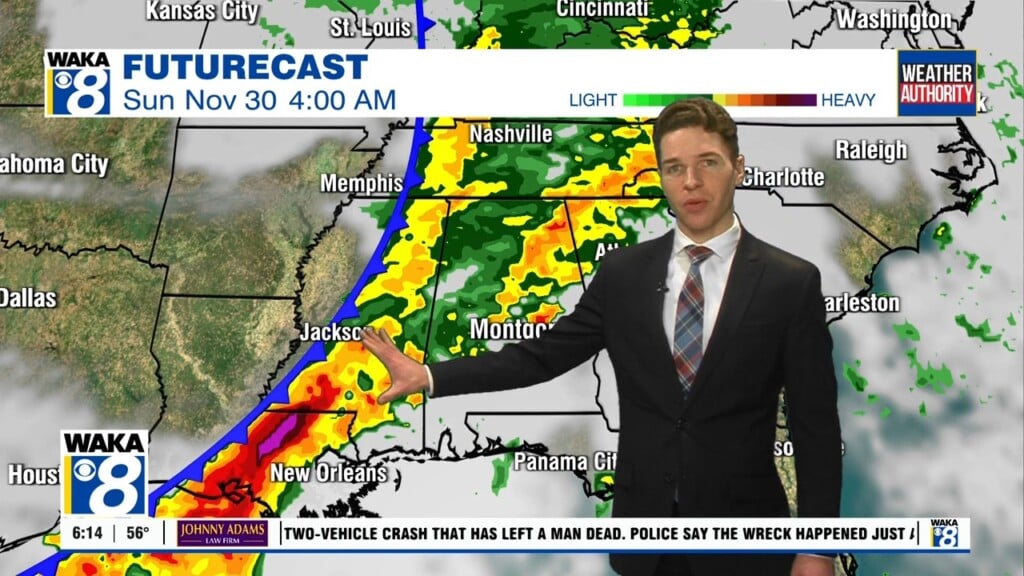What The Tech: Beware of fake WiFi scams
Free Wi-Fi is tempting, especially when you're in an airport, restaurant, or hotel. But security experts warn, some of those networks are not what they seem.

BY JAMIE TUCKER, Consumer Technology Reporter
Free Wi-Fi is tempting, especially when you’re in an airport, restaurant, or hotel. But security experts warn, some of those networks are not what they seem.
It’s one of the oldest scams in the books, and it’s still working.
This scam is so simple. A crook sets up a fake Wi-Fi Network with a name that looks legit. Let
me show you. Let’s say you’re in a coffee shop called “Jamey’s Java”. I can rename my phone
to look like the shop’s network.
When someone connects, they’re really joining my network. One customer joins, then another, then another. Everyone is now online through the fake hotspot.
From here, cyber criminals with the right software can see where you’re going online and even trick you into visiting fake shopping and banking pages. Enter your username and password, and they’ve got it.
The good news is that most banking apps and shopping websites use encryption, which hides passwords and bank logins. But hackers don’t need to crack encryption if they fool you into handing the information over.
And even smart, careful people connect to the wrong networks without realizing it.
Your best bet? Don’t just assume that a WiFi network with the place’s name is legitimate. Go ask someone who works there for the name of their network.
Avoid shopping and banking on public Wi-Fi. And if a new network suddenly asks you to log into Amazon or Facebook, that’s a red flag.
Even with all the protections of today’s phones and sites, man-in-the-middle attacks still account for about 20% of all cyberattacks and cause billions in losses every year.
So it’s a real scam that’s still working twenty years later.






